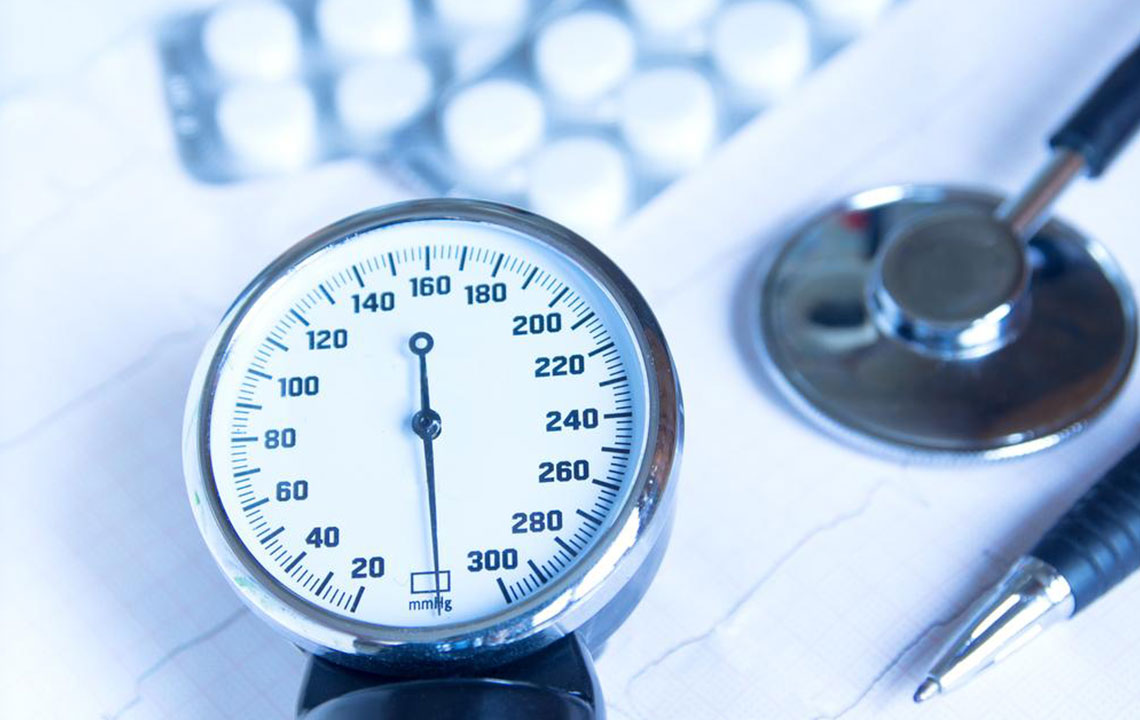Essential Tips to Read a Blood Pressure Chart

A blood pressure test indicates whether a person is suffering from low blood pressure or high blood pressure. The numbers indicated in this test need to be studied carefully to diagnose any potential problems.
What is blood pressure?
- Blood pressure is the pressure of the blood in the circulatory system.
- A normal systolic falls to less than 120 and the corresponding diastole is less than 80.
- For prehypertension, systolic is 120-139 and diastolic is 80-89.
- High Blood Pressure (Hypertension) Stage 1 systolic is 140-159 and diastolic is 90-99.
- High Blood Pressure (Hypertension) Stage 2 systolic is 160 or higher while diastolic is 100 or higher.
- Hypertensive Crisis(Emergency care needed) systolic is higher than 180 and diastolic is higher than 110.
A medical professional needs to confirm the diagnosis of high blood pressure as well as evaluate any unusually low blood pressure. In general, it has been observed that low blood pressure readings and lower targets work for populations like the elderly, African-Americans, as well as patients who have underlying health issues like chronic kidney disease and diabetes mellitus.
Categories of blood pressure
The American Heart Association recognizes five categories of blood pressure:
- Normal blood pressure: Those who have normal blood pressure numbers that fall within the optimal ranges of being less than 120/80 mm Hg have a healthy level of blood pressure. Following heart-healthy habits like getting regular exercise and following a balanced diet goes a long way into maintaining normal blood pressure.
- Prehypertension: Prehypertension or early stage high blood pressure occurs when the blood pressure consistently ranges from 120-139/80-89 mm Hg. People who have prehypertension are more likely to develop high blood pressure unless they take appropriate measures to take it under control.
- Hypertension Stage 1: Hypertension Stage 1 is marked when blood pressure falls in the range of 140-159/90-99 mm Hg. Doctors usually prescribe lifestyle changes and also add blood pressure medication in the case of hypertension stage 1.
- Hypertension Stage 2: Hypertension Stage 2 is marked when the blood pressure is greater than 160/100 mm Hg. At this stage, most doctors prescribe extensive lifestyle changes along with a combination of blood pressure medications.
- Hypertensive crisis: A hypertensive crisis occurs when emergency medical attention is required due to a condition of high blood pressure. In case a person experiences a blood pressure reading that is higher than 180/110 mm Hg without symptoms like shortness of breath, chest pain, numbness/weakness, changes in vision or difficulty speaking and back pain, another reading should be taken after five minutes. A reading above that level or at the same level requires immediate medical attention.
Meaning of blood pressure numbers
Blood pressure is recorded in the form of two numbers:
- Systolic blood pressure (the upper number): The systolic indicates how much pressure is being exerted by the blood against the artery walls when the heart beats.
- Diastolic blood pressure (the lower number): The diastolic indicates how much pressure is being exerted by the blood against the artery walls while the heart rests between two beats.
Comparing systolic and diastolic
Usually, more attention is paid to the systolic blood pressure, which is the top number, as it accounts for a major risk factor for cardiovascular disease for people over the age of 50. For most people, the systolic blood pressure rises steadily with age because of a long-term build-up of plaque that increases the stiffness of large arteries and an increased incidence of vascular and cardiac disease.
Usually, elevated diastolic or systolic blood pressure alone can be used to diagnosis high blood pressure. Recent studies have also shown that the risk of death from ischemic heart disease and stroke doubles with every 20 mm Hg systolic or 10 mm Hg diastolic increase for people between the ages of 40 to 89 years.
Why is blood pressure measured in mm Hg?
The abbreviation mm Hg stands for millimeters of mercury. Mercury has been used here since it was used in the first accurate pressure gauges. It still remains the standard unit of measurement for pressure in medicine.
Blood Pressure versus Pulse
Heart rate (pulse) and blood pressure are two separate measurements and also separate indicators of health. It is important to understand the difference between blood pressure and pulse. Blood pressure is the force of the blood moving through the blood vessels. Pulse is the number of times the heart beats per minute. Also, it is a fact that blood pressure and heart rate do not necessarily increase at the same rate.
A rising heart rate does not cause blood pressure to increase at the same rate. Although the heart may be beating more times a minute, healthy blood vessels dilate in order to make room for more blood to flow through more easily. A blood pressure chart thus helps to study the five conditions which may be affecting the heart.


